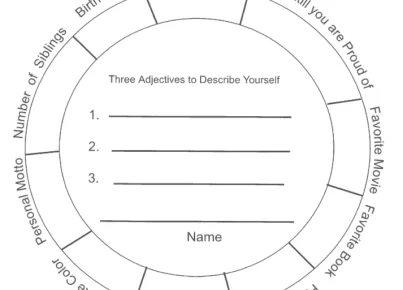In today’s fast-paced and interconnected world, the need for dynamic and personalised learning methods cannot be overstated. As opposed to traditional “one-size-fits-all” models of education, personalised learning presents a more individual-focused approach, enabling learners to discover and hone their unique strengths, interests, and skillsets. This article delves into the concept of personalised learning, its benefits, and practical ways to make it a reality in educational settings.
What is Personalised Learning?
Personalised learning refers to tailoring educational experiences to meet the diverse needs and aspirations of individual students. By differentiating instructional strategies, content delivery, and assessment methods based on each student’s unique skills, abilities, and preferences, educators can create an inclusive and engaging learning environment.
The Benefits of Personalised Learning
1. Enhancing Student Engagement: Personalisation fosters more meaningful connections between students and their learning experiences. By participating in activities that are both challenging and relevant to their interests, students are more likely to remain engaged in the learning process.
2. Promoting Ownership of Learning: When students have a voice in choosing how they learn and demonstrate knowledge, they feel a greater sense of ownership over their educational journey. This empowerment can lead to increased motivation and self-sufficiency.
3. Nurturing Diverse Skillsets: Personalised learning enables students to cultivate their unique talents and capabilities by exploring various learning styles, activities, and areas of interest beyond standard curriculum offerings.
4. Inclusive Education: A personalised approach removes barriers faced by students with diverse backgrounds or who may have differing levels of ability or prior knowledge by providing equal opportunities for everyone to thrive in the learning environment.
Transforming Education through Personalisation
There are several strategies that educators can adopt to turn personalised learning into a reality:
1. Integration of Technology: Digital tools such as adaptive learning platforms, e-portfolios, and online resources can facilitate personalised learning experiences and help track students’ progress.
2. Data-Driven Decisions: Educators can use data from assessments, classroom observations, and student feedback to make informed decisions and adapt to the individual needs of their students.
3. Establishing Learning Goals: Identifying clear and personalised learning goals can give students a sense of direction in their educational journeys. Collaborative goal-setting with students helps ensure these goals are relevant and engaging.
4. Promoting Choice and Autonomy: Empower learners by providing them with choices in terms of instructional materials, assignments, and assessment methods. This fosters a sense of autonomy, enhances motivation, and allows students to find their learning preferences.
5. Professional Development for Educators: Teachers need ongoing professional development and support to understand and implement personalised learning effectively. Providing training opportunities ensures that the school community is well-equipped to embrace personalised learning practices.
Conclusion
Personalised learning has the potential to revolutionise education by addressing individual learner needs, bridging achievement gaps, and tapping into every student’s unique potential. By leveraging technology, fostering a culture of data-driven decision-making, encouraging student autonomy, and providing professional development for educators, schools can transform traditional learning paradigms and create more inclusive educational environments that empower all students to excel in their pursuits.





